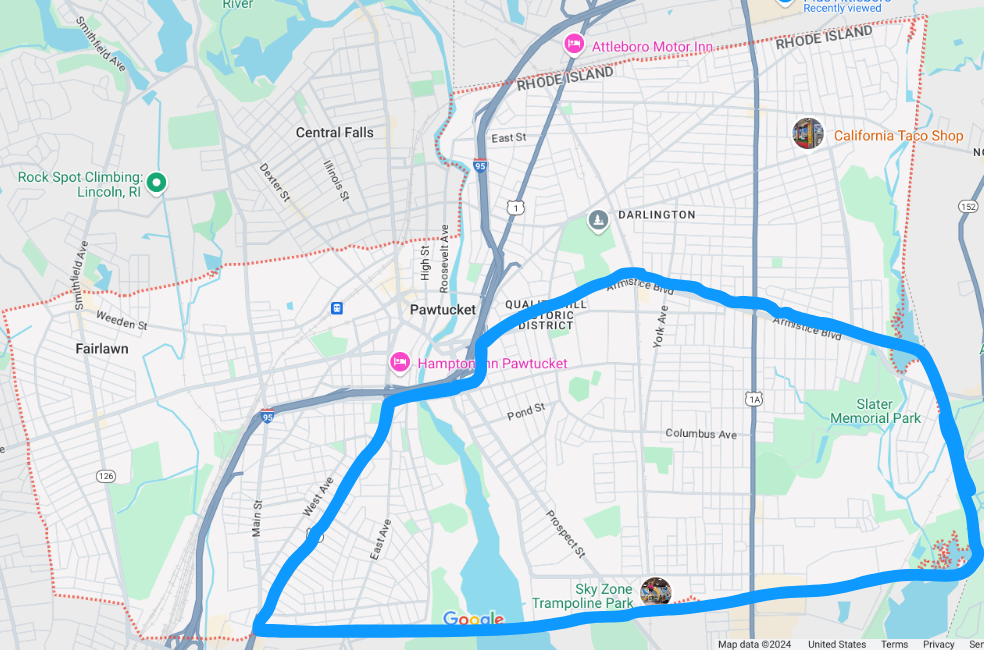If your dog is aggressive, fearful, doesn’t like new guests coming into the home, or just over-excited when meeting new people, virtual consults will allow us to talk without upsetting your dog. I don’t need to see the problem behavior.
The initial consultation is our time to go over your dog’s history and discuss your concerns and goals. There is a short presentation on dogs, breeds, behavior, and why they are not trying to be stubborn or spiteful. After that we review the detailed intake form you fill out 48 hours before the consultation. We’ll talk about everything from the first day they came home, how much they eat, what they do for exercise, and the struggles that all of you are having. 90 minutes can go by pretty quick!
Your dog does not even need to be there for the initial consultation. But, if they are, be sure to have something to keep them busy. Your dog may get annoyed if you are not paying attention to them. Give them a long lasting chew or a stuffed Kong (frozen for extra long lasting power!) so we can talk with minimal interruption.
It is highly recommended that all family members are present for the consultation, or at least watch the recording before our first in person meeting. It is important that everyone is on the same page. Especially when dealing with more serious issues like Resource Guarding or Aggression.
Depending on the age and the case any children in the home are encouraged to participate and learn. They are welcome to attend the consultation (and any training sessions.) But be advised, some love it and some find it boring after 10 minutes.
Normally there isn’t any “training” during the consultation, but I do provide resources to help you get started and manage any issues you are dealing with. I recommend that our first in person session is scheduled to take place no more than 10 days after the initial consultation.
Come with an open mind. Just like you and I our dogs have needs. If those needs are not met our dogs let us know, usually by what we consider “acting up”.

